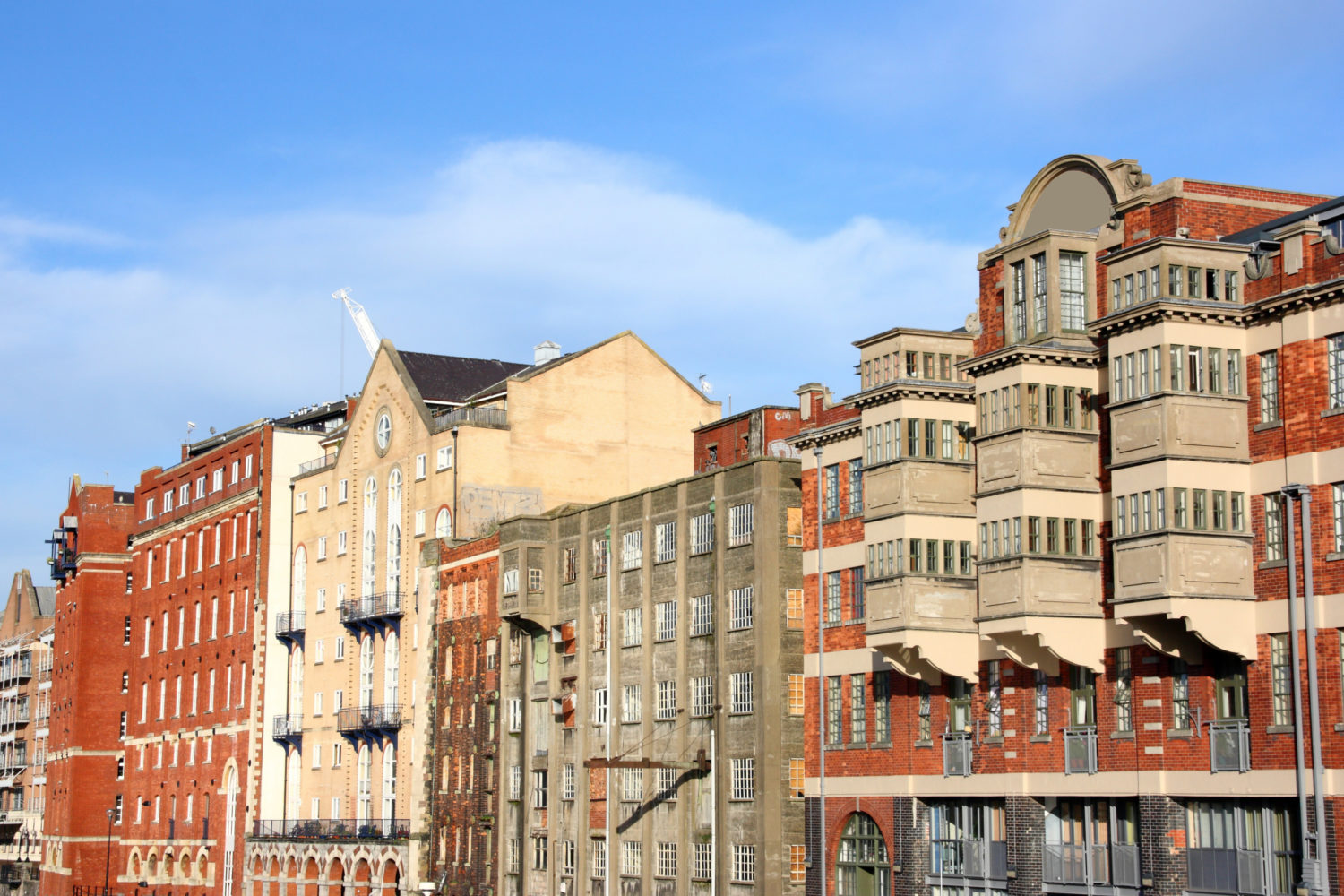02Policy priority 2: Cut congestion, clean up the air, and improve public transport
- Build institutional capacity to promote a strong transport network. The mayor should build a stronger institutional base for transport policy in the city region by franchising the buses, building analytical capacity to promote efficient investment, and championing the inclusion of North Somerset in WECA.
- Tackle congestion, in coordination with the local authorities, by implementing congestion charges, and workplace parking levies. These policies will improve the city centre’s air quality and reduce traffic.
- Use transport-related revenues to fund WECA’s local transport operation. Those revenues would help run and expand the existing public transport network.
Poor air quality in WECA is closely linked to car congestion and low levels of both public transport use and accessibility. According to the 2011 census, Bristol local authority punched below its weight in terms of public transport usage: only 11 per cent of commuting within was done by public transport – defined by bus, train or metro –significantly below Leeds, Newcastle and Liverpool. The low levels of public transport use are likely to lie behind Bristol’s congestion problems. The joint local transport plan for the area states that two-thirds of commutes are done by car, with a high prevalence of short commutes (less than 2km).7 This impacts air quality. Transport is a key contributor to the high levels of nitrogen dioxide (NO2) and fine particulate matter 2.5 (PM2.5).
As a priority, the mayor should build an institutional framework inspired by Transport for London, to enable the city region to introduce a congestion charging system, while expanding public transport provision.
This will require a mix of interventions, and the mayor should:
- Follow Greater Manchester and franchise buses, using the new powers in the Bus Services Act 2017. This would comply with the Government’s National Bus Strategy, which in turn unlocks national funding to support improvements to bus services.
- Set as a long-term target to secure control over the MetroWest rail services.
- Establish local analytical capacity to evaluate investment projects, similar to the Manchester Independent Economic Review.8
- Champion the inclusion of North Somerset in the combined authority. A larger share of people commute from North Somerset to Bristol than from Bath and North East Somerset, and North Somerset is already included in the joint transport plan.9
To reduce air pollution and improve air quality, the mayor must work with the councils to set policies that discourage the unnecessary use of private vehicles, such as congestion charges, clean air zones, and a workplace parking levy. Bristol council recently set out its plan for a clean air zone, which would charge older and polluting vehicles. However, this is expected to exempt 71 per cent of vehicles, which will leave the challenge of congestion largely unaffected.10 A similar strategy was implemented by Bath and North East Somerset Council in the centre of Bath.11[/footnote] These will do little to reduce PM2.5 concentration, generated from all road vehicles from brake pads being applied to tyres and from some more than others by the burning of fuel.12
A better strategy would be to charge all vehicles to enter the centres of Bristol and Bath, with the most polluting vehicles, whether by engine or weight, paying more. This would reduce pollution and congestion. Research shows congestion charges reduced traffic in London by 21 per cent and the Ultra Low Emission Zone is estimated to have reduced NO2 concentration by 29 per cent in central London.13 Meanwhile, the implementation of a workplace parking levy in Nottingham has proved successful in increasing the use of buses.14
The revenue raised by these transport charges should be used to improve existing services. Evidence shows that the introduction of transport-related charges have been effective in raising revenue for public transportation. For instance, Nottingham’s levy has raised around £9 million a year since 2012 to fund public transport.14 London’s congestion charge, introduced in 2003, boosted Transport for London’s revenues and improved bus services through the reduction of congestion-related delays.16 If the mayor introduced such charges, the revenues raised would be under the mayor’s control and would provide additional local funding for public transport, which could be used to increase bus frequencies and expand provision under a franchised bus system.
